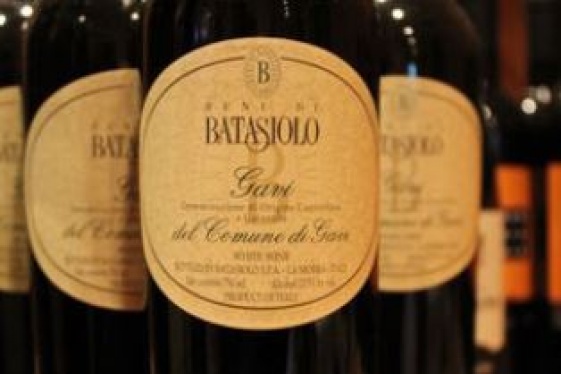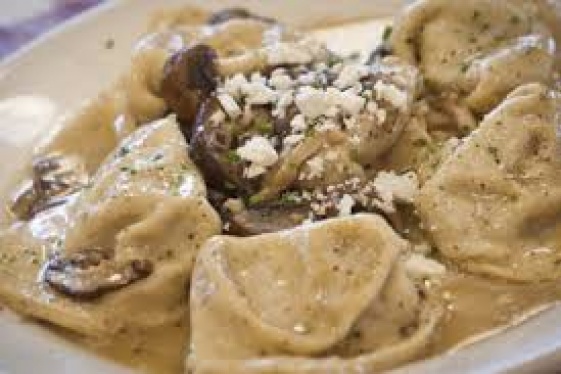

We are the country with the greatest records in international competitions for the best quality extra virgin olive oil. Now we are aiming to win also with table olives. We are currently ahead of the Spanish in terms of consumption and production, but the passion for the 80 or so varieties made in Italy is growing year after year, so much so that in the last 12 months, 226 million euros were spent in supermarkets alone: +18.3% per year for stuffed olives, +13% for fresh olives and +10.4% for mixed olives.
In truth, they have always been liked: in the first century AD, the Roman agronomist Columella flavored them with vinegar, must, mastic, fennel seeds. Harvested from the tree while still unripe (therefore green) or more mature (black), however, they have a pungent bitter taste that must be eliminated.
How? In brine (water and salt) for about forty days; in oil about ten days less; twenty days in all if completely covered with salt (coarse and fine) in closed jars; baked, finally, to speed up (but after keeping them ten days in clean water).
Italy, home of biodiversity with its record of 533 cultivars from which to extract oil (Spain, the world's leading producer, has only 70) has a unique heritage also for table olives.
Among the most popular are the tender Ascolana, the very large Bella di Cerignola, the Calabrian Carolea, the Sicilian Giarraffa, the delicious Cucco from Abruzzo, the Majatica di Ferrandina (Basilicata), suitable for the preparation of dried olives. In Sicily to the East there is the Nocellara Etnea, to the West the Nocellara del Belice. Although, on the island, the very young chef Francesca Barone declares that she "prefers Verdese in her cooking, which I prepare with a brine enriched with chilli pepper, celery, garlic and sprigs of wild fennel. I like it because it is a very fragrant olive, with strong scents of artichoke and almond and it has a bitterish aftertaste which enhances the flavors of the other ingredients".
If in the North the small Taggiasca is very popular, in central Italy the lion's share is taken by the Itrana, better known as Oliva di Gaeta DOP. It can be green or black (or rather purplish).
You may be interested
-
‘Fuggedaboudit’ the motto of new Italian del...
By Kimberly Sutton Love is what brought Tony Nicoletta to Texas from New York.The transpl...
-
1st Annual Little Italy Cannoli Tournament
Little Italy San Jose will be hosting a single elimination Cannoli tournament to coincide...
-
A Week in Emilia Romagna: An Italian Atmosp...
The Wine Consortium of Romagna, together with Consulate General of Italy in Boston, the Ho...
-
An Italian American Feast For Family Reunion...
Hey, come over here, kid, learn something. ... You see, you start out with a little bit of...
-
Buon Appetito! Unique Italian dining at Ragú...
There's something to be said for having your food prepared tableside. Guacamole tastes fre...
-
Chef Carmelo Mauro to host Beni Batasiolo Wi...
Fiorenzo Dogliani, owner of Beni di Batasiolo, will join Carmelo Mauro for an exclusive wi...
-
D'Amico's Italian Market Café expanding to K...
The popular D'Amico's Italian Market Café, a 16-year-old mainstay of Rice Village, is head...
-
Eat Drink And Be Merry IACL Christmas Party
Sunday December 14, 5.30 pmSole Mio - 8657 S Highland Dr, Sandy (Utah) 84093 The Italian...













